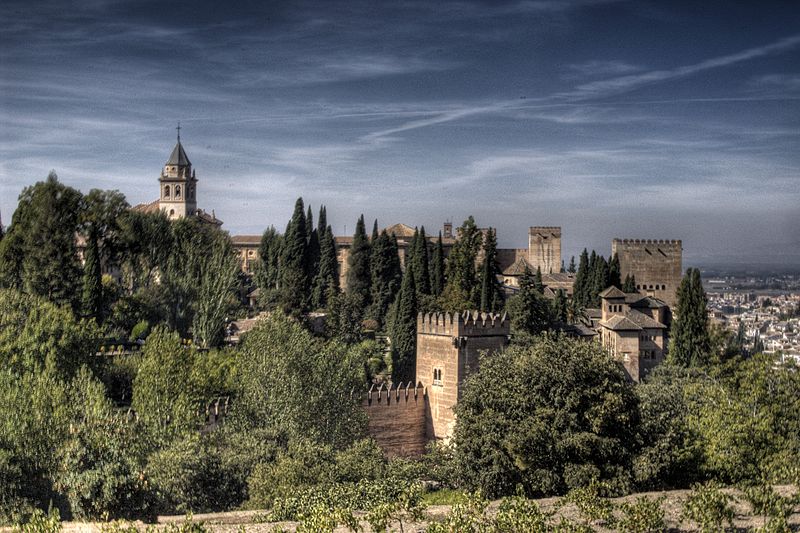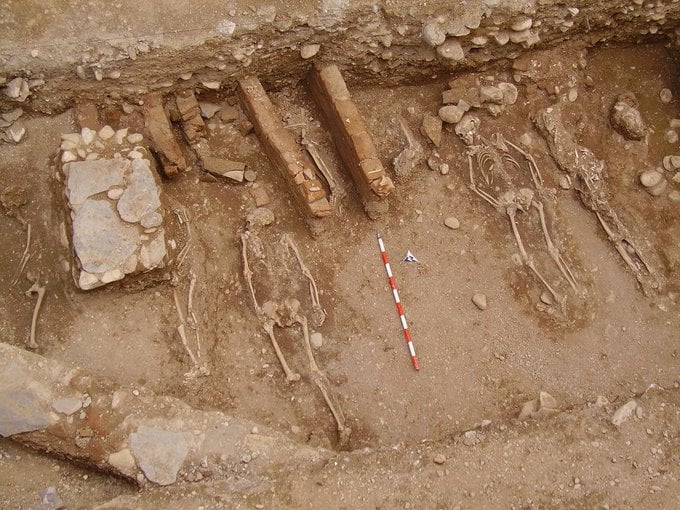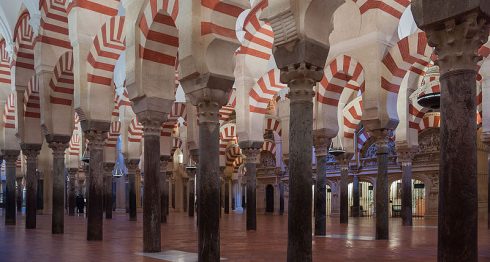THE discovery of 40 tombs has made it possible to determine the health problems suffered by inhabitants in Granada during the Nasrid Dynasty.
On death, the deceased would be washed and shrouded in a white cloth and taken to the city cemetery. There, a grave would be dug, about 40 centimetres deep and the body placed facing Mecca.
In a report recently published by nine specialists from the University of Granada and the Consejo Superior de Investigaciones Científicas (CSIC), the analysis of 40 bodies recently found in the excavations carried out in the San Lazaro neighbourhood of Granada has been documented.
From the analysis experts have determined the most common diseases among the population before the capture of the city by the Christians in 1492, as well as their average height.
A total of 40 individuals, both men and women, were studied, with ages ranging from newborns to 60.

All the bodies were facing southeast and most were in a lateral position.
The average height was 163.28cm (5ft 3″) for men and 157.95cm (5ft 1″) for women, between 10 and 15 centimetres shorter than the current average heights of the Spanish population.
Due to lifestyle and physical labour, inhabitants of the Nasrid dynasty were subjected to inflammatory diseases of the bones and joints.
Many were afflicted with arthrosis in the spine and, given the poor dental hygiene, suffered from periodontal diseases such as cavities, loss of teeth and tartar build-up.
However, infectious diseases were practically non-existent, at least in the bodies most recently discovered.
The Black Death, or plague, wiped out a third of Granada’s population between 1348 and 1349, when it was under Nasrid rule.
In the analysis of the bodies, an important muscular development has also been discovered in the shoulders and arms. It suggests that much of the population, particularly the males, were subjected to heavy physical work which took its toll on the arms and back.
The Nasrid dynasty, the last of the Muslim dynasties in Spain, founded by Muhammad iban al-Ahmar in Granada, endured for two-and-a-half centuries from 1238 to 1492.
Today, the most visible evidence of the Nasrid dynasty is part of the Alhambra palace complex built under their rule.
The memory of Granada and its vast Islamic heritage and tradition of arts is kept alive with frequent workshops organised by the Management of the Board of Trustees of the Alhambra and the Generalife.
Click here to read more Granada News from The Olive Press.








